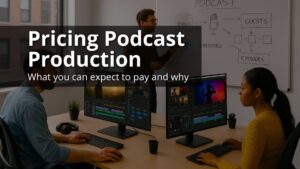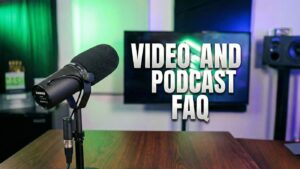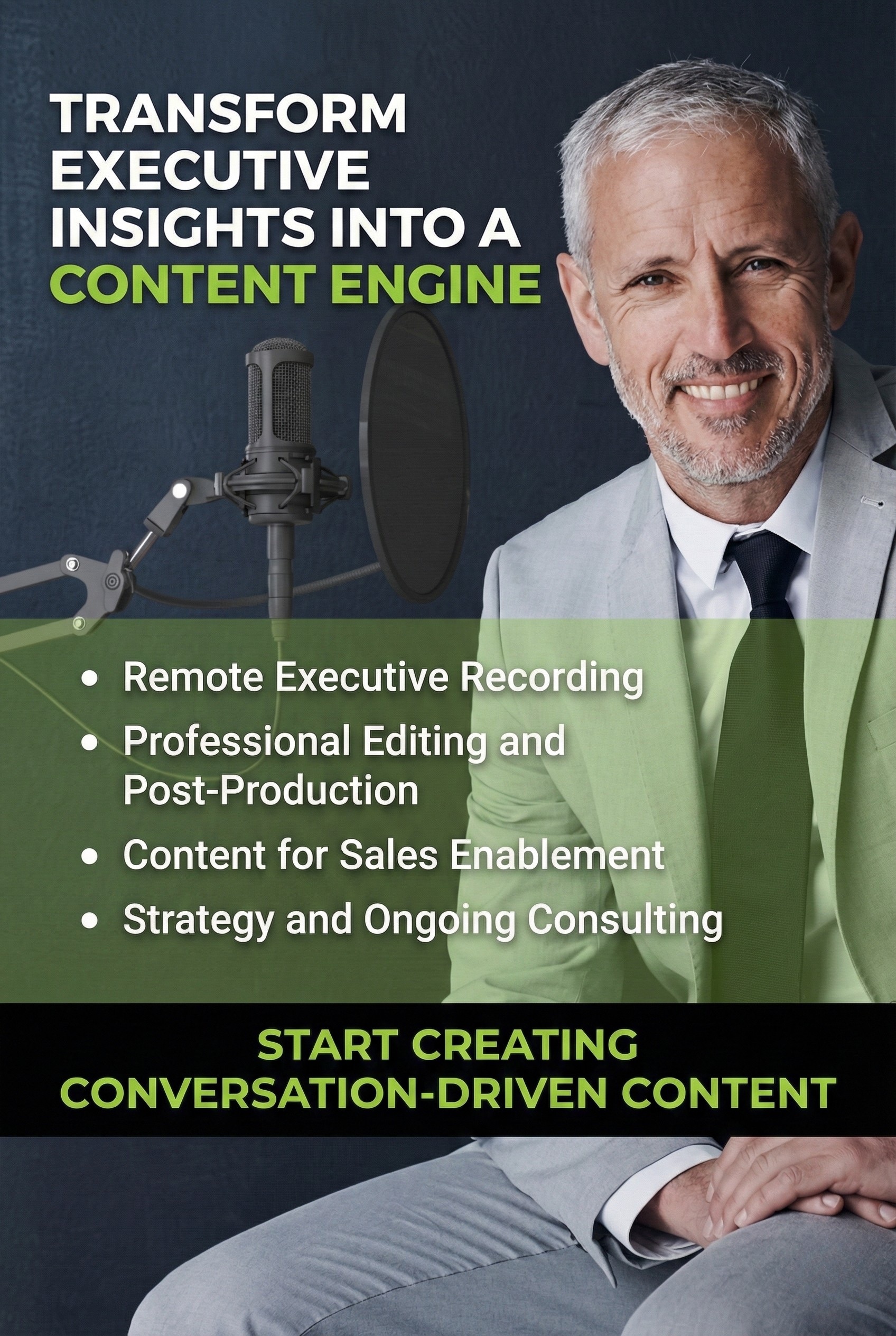There are reasons why video is more engaging than other content, but even with video, there are ways to make one video more engaging than another. Because the human brain processes visuals faster than it can process text, video will dominate as the content form that communicates and connects with audiences.
With the rising amount of time consumers spend watching videos, it’s no wonder 92% of marketers say video is the most important aspect of their marketing strategy, with 88% reporting that video content provides them with a positive ROI.
Video is more personal, clearer, compelling, and memorable. But while video content is more effective than text, there are ways to make your video even more attractive so that it drives more traffic and invites more engagement. Here are 10 ways to make your videos more engaging for your viewers:
GIFs

GIF stands for “Graphics Interchange Format” and has been around for 40 years. While GIFs are technically image files like PNG or JPEG, what makes the GIF format so special is that they resemble very short videos.
The format supports both static and animated images. The series of images loop continuously, creating an eye-catching visual that almost follows a beat even though GIFs are soundless. Think along the lines of a flipbook.
What makes GIFs so engaging is that they have the same intention as emojis and convey sentiments effectively, allowing you to express your ideas with more emotional impact. The right GIF in your video can communicate your feelings about a certain situation.
To attract engagement, use a GIF that is both relevant and relatable. Can’t find the perfect GIF? You can build your own.
B-Roll Video Clips
B-roll refers to “extra shots” or the supplemental video footage that can add context to your video. We know that the human attention span is only a few seconds. And watching a subject talk while sitting in one spot for two straight minutes will bore most audiences today, no matter how animated the speaker is. Inserting b-roll throughout a dull video is an excellent way to break up the monotony and engage the senses.

For example, instead of a basic narrative of your company’s history delivered by your founder sitting at their desk, insert b-roll of the garage where it all began, the first prototype that failed, and the rejected sketches of your logo. B-roll is great for storytelling as it takes audiences on a visual journey.
Video Graphics Animation
Animations have a universal appeal, calling our attention no matter how old we are. From traditional animation and 2D to 3D and motion graphics, animation brings an extra layer of visual stimulation to your videos.
Using video allows you to tell a story that may be too challenging to portray by actors or impossible to capture on set. The versatility of animated video is what makes it so effective, allowing you to simplify complex topics and create scenarios that are only limited by the imagination.
Closed Captions (CC)
The deaf community and those who are hard-of-hearing can also consume your video content thanks to captions that help distinguish different dialogues and the soundtrack. Therefore, adding captions makes videos more engaging by improving accessibility and increasing comprehension.

Captioned videos are also more engaging for audiences that prefer to watch video discreetly or with the audio off. If you’re posting your videos on Facebook, captioned videos are key to getting more viewers since 85% of videos on FB are watched without sound.
Video Special Effects
Special effects have the power to create illusions that trick the eye, making them stimulating and exciting. They’re often used in film and video games; in video content marketing, special effects can deliver an entertainment factor that heightens the senses. From splitting the screen to tell two stories simultaneously or using green screens to digital compositing, the possibilities are endless.

The Video Set and Environment
Shooting your video on a set or on location raises its value and makes it more professional. We can’t stress enough the short attention spans of viewers. With so much video content out there, audiences want to be entertained, drawn in, and provided value.
They will struggle to connect with your video if it’s shot in a boring setting that brings no aesthetic or stimulating visual element to your video. Use a location that is relevant to your brand and “takes” your audience to places where your product or services are used in the real world.
Animated Text on Screen
Text can go far beyond just captions. Adding large or animated text to videos helps you communicate your message or explain a scene better. However, to do it right, you need knowledge of typesetting, typography, and design rules. Without these skills, you might end up overdoing it and ruining your video.
Avoid text if it ruins the aesthetic appeal of your video. Present it in a legible manner and in a spot that makes it easy to read and comprehend.
For texts on screen to be effective, they need to be the right color and size and optimally positioned. Also, be mindful of average reading time. The text duration should be long enough for viewers to read and understand its value to the context for the specific event or scene in the video.
Video Pace
Just as music has a rhythm, engaging video content should have a pace. The pace sets the tone and mood. When a video is fast-paced, it creates energy and intensity.
But when its pace is slow, it’s more laid-back. Therefore, considering pace for your video is essential to maintaining your brand voice and personality.
Video Transitions
Transitions connect one shot to the next. They’re used to end a scene, change the mood, and separate or join parts of the story.
From dissolves and particle wipes to light flashes and fades to black, there is an overwhelming number of transition options to choose from when editing your video. The key is to use them in the right context to get a result that is sophisticated and professional.
Clips or Still Images in Video
Clips and still images are great additions to your video to break up the monotony. In that sense, they work similarly to b-roll. You can also create a whole video using only clips and still images if you have no live-action content to use.
The key is to use the right transitions and pacing to string the clips and images together and create the illusion of movement. Some clever ways to use clips and still images in video creation include slideshows, time-lapses, stop-motion, and pixelation.
Want to learn more? Talk to a professional Content Monsta!
- How Much Does it Cost to Hire a Podcast Production Company?A quick breakdown of what it should cost to hire a podcast production company to help you with your podcast production and promotion.
- 36 Video and Podcast Content Frequently Asked QuestionsExpert answers to remote podcast and video production questions. How remote recording works, options for support, pricing, ROI, and analytics.
- AI + Human Powered Content Marketing: Speed Without the AI SlopFAST, CHEAP, and GOOD. You can have them all. Speed keeps …







